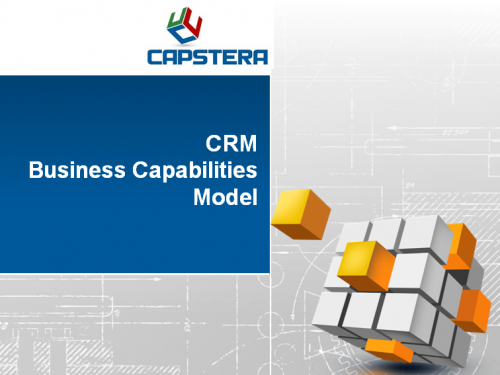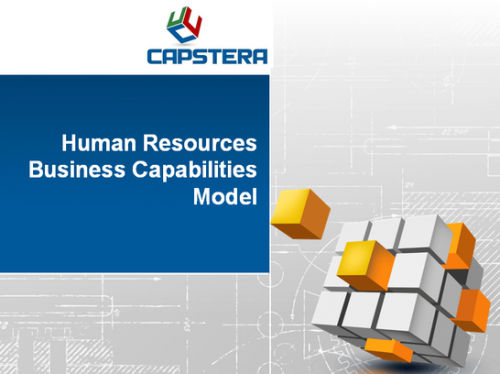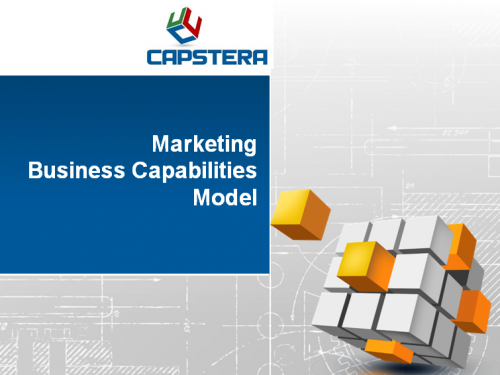Business Capabilities Principles are a set of essential attributes and perspectives that govern business capability maps. Today, more than ever, companies are relying on the foundational elements of business architecture to align their business and technology teams and foster a capability-centric IT enablement approach. Consider the following business capabilities principles as the rules of the road while building a capabilities map.
Core Business Capabilities Principles:

- A Business Capability is an elemental building block that encapsulates an enterprise’s ability to do a specific activity or deliver an outcome and implicitly encompasses the function, competencies, information, and systems necessary to do so.
- Business Capabilities focus on the “What” and are agnostic to the How, Who, Where, When, with What type of considerations. (Of course, the others are important for a complete and comprehensive view, but in this particular instance, being agnostic to those considerations helps with abstraction and coherence.)
- Capabilities are the Lego blocks or the elemental building blocks of a business. The capabilities, like the Lego blocks, are reusable. A business architect (or a product manager) can manifest a product, platform, business unit, initiative, program, or project by combining several building blocks. (Capstera uses the term “Folios” to describe this function of agglomerating underlying capabilities to manifest something.)
- Capabilities provide a view of the stable functions of an enterprise. For example, evaluating creditworthiness has undergone several changes over the years (Mail > Phone > Fax > APIs), but the capabilities of “Credit Risk Assessment” remains stable and have permanence.
- Capabilities are an abstraction of the underlying function, process, and technology, but they do not solely represent them individually. For example, a capability such as Customer Relationship Management will implicitly include the process of engaging and serving a customer, the information such as the 360-degree profile of the customers, the underlying technology such as Sales Force Automation or Help Desk, and competencies such as “Customer-centricity.”
- A Business Capability Map is a logical grouping of underlying capabilities, but it is not necessarily hierarchical. This principle means that adding up the underlying capabilities does not necessarily constitute the higher-level capability entity.
- At the highest level, business capabilities may resemble elements of a value chain or a functional decomposition of an enterprise.
- Capabilities at levels 1 and 2 are typically strategic deliverables and get the arms around the comprehensive and holistic view of the enterprise. Capabilities at Levels 3, 4, and beyond constitute the operational level detail and help create a detailed definition for developing optimal technology solutions.
- The real value of business capabilities comes from juxtaposing them against several other business architecture components. Typical examples are mapping strategy to capabilities, aligning roadmaps to capabilities, developing systems footprint of applications, apportioning budgets to capability clusters, and the like.
- A comprehensive capability map should be mutually exclusive and collectively exhaustive, and each capability must be individually a whole.
- A business capabilities map is one of the primary business architecture deliverables, but not the only one. Therefore, one can consider a capabilities model as the first citizen in the business architecture continuum.
These business capabilities principles, perspectives, and practices will help business architects develop the guidelines and guardrails while developing an enterprise business capabilities map.
Related Products:

Data Analytics and Business Intelligence Capabilities Map










